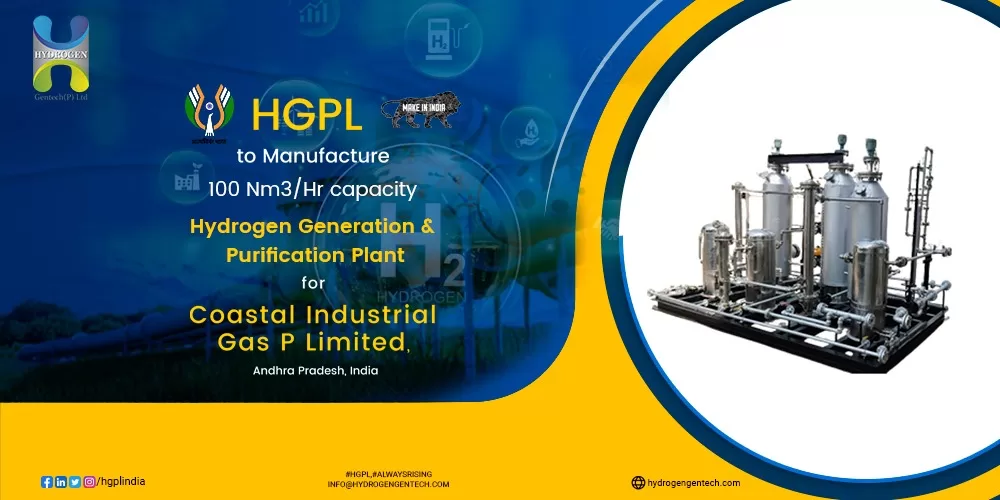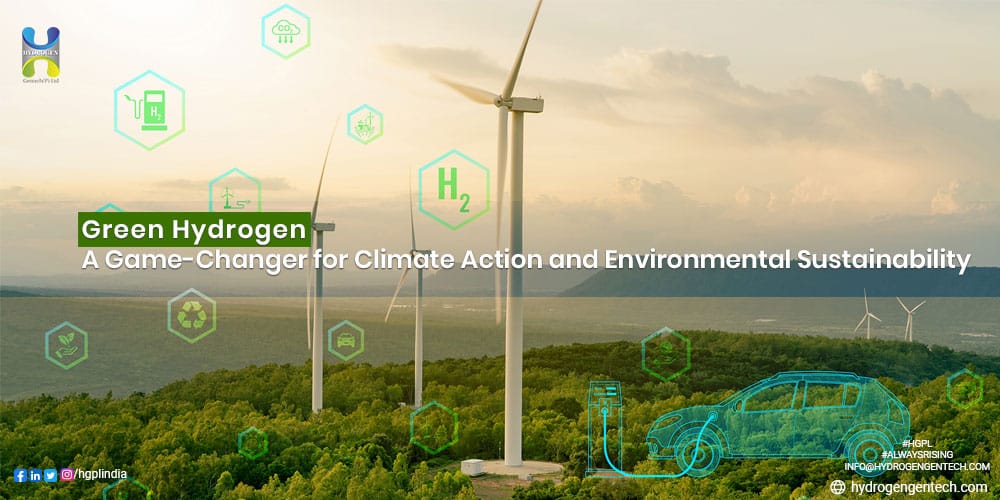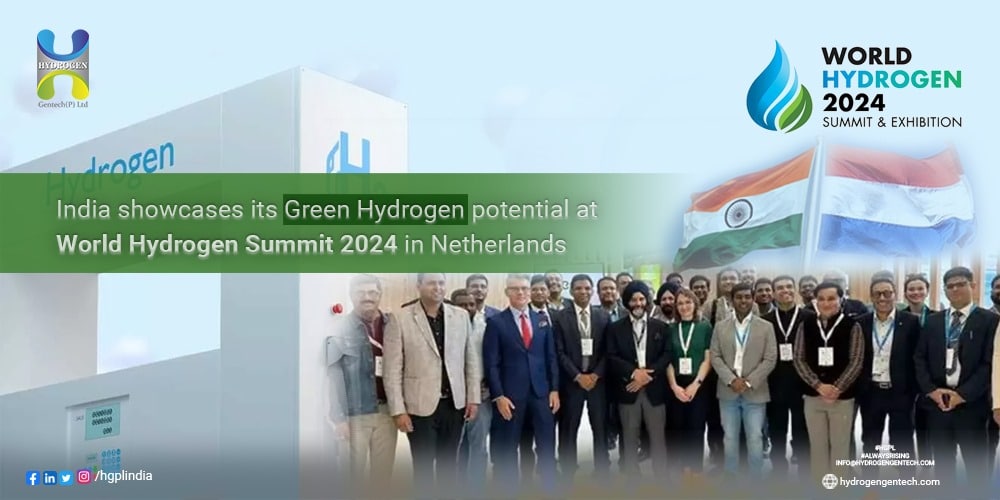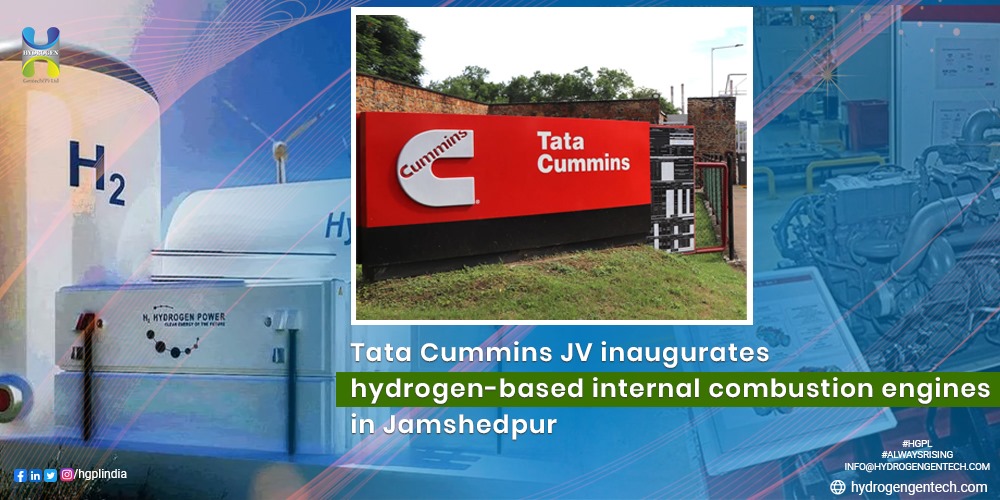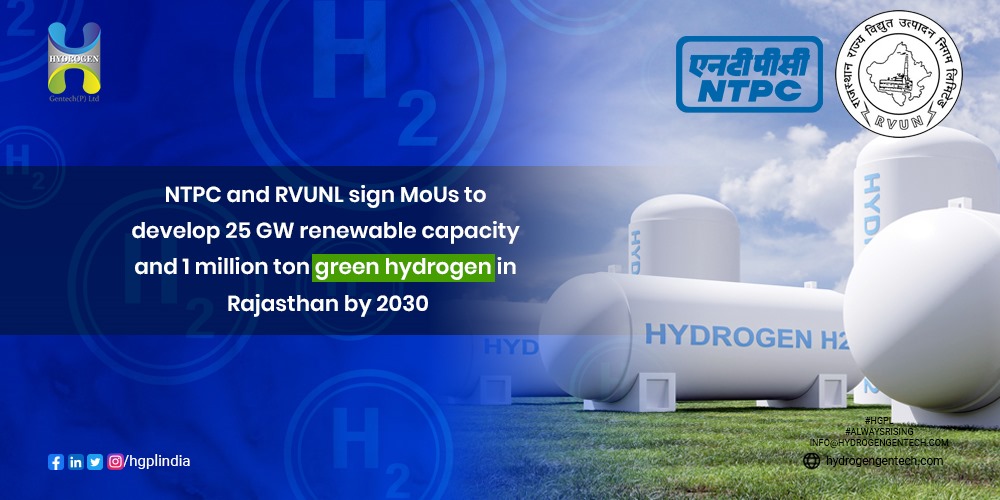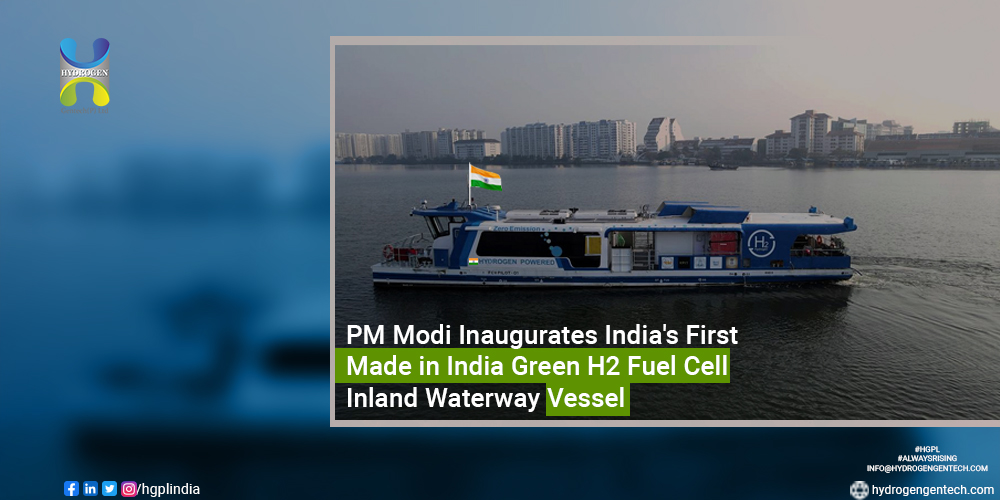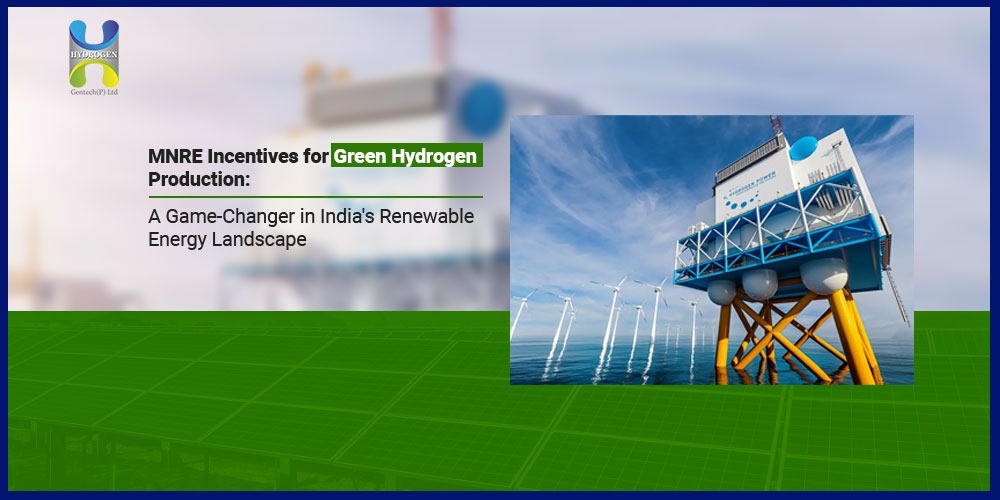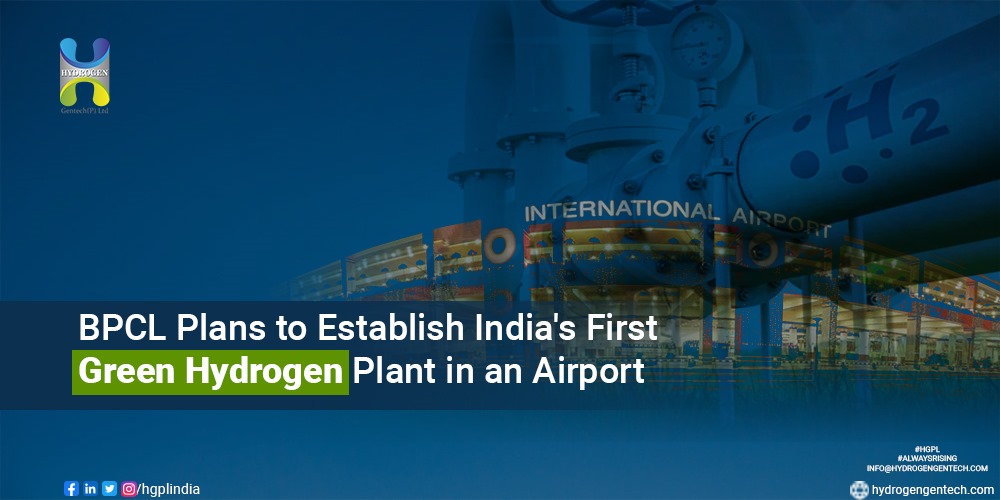Introduction
India is taking significant steps towards a sustainable and clean energy future with the establishment of its first green hydrogen plant in an airport. This groundbreaking initiative marks a major milestone in the country’s efforts to reduce carbon emissions and promote renewable energy sources. The green hydrogen plant will not only provide clean energy but also serve as a model for other airports and industries to adopt similar eco-friendly practices. In this article, we will explore the details of India’s first green hydrogen plant, its significance, and its potential impact on the aviation industry.
What is Green Hydrogen?
Before diving into the specifics of India’s green hydrogen plant, let’s first understand what green hydrogen is. Hydrogen is considered “green” when it is produced using renewable energy sources such as solar or wind power through a process called electrolysis. During electrolysis, water is split into hydrogen and oxygen, with the hydrogen being captured and stored for later use. Green hydrogen is a versatile and clean energy carrier that can be used in various sectors, including transportation, industry, and power generation.
The Need for Green Hydrogen in Aviation
The aviation industry is one of the largest contributors to greenhouse gas emissions, accounting for a significant portion of global carbon dioxide output. As the demand for air travel continues to grow, finding sustainable alternatives to traditional aviation fuels becomes crucial. Green hydrogen offers a promising solution as it can be used to power aircraft, reducing reliance on fossil fuels and mitigating the environmental impact of aviation.
India’s First Green Hydrogen Plant at an Airport
India’s first green hydrogen plant is set to be established at an airport, aiming to showcase the feasibility and benefits of using green hydrogen in the aviation sector. The location of the plant at an airport holds strategic importance, as airports are major energy consumers and have a considerable carbon footprint. By integrating a green hydrogen plant within the airport infrastructure, India is taking a significant step towards decarbonizing the aviation industry.
Collaboration Between Airport Authorities and Renewable Energy Companies
The establishment of the green hydrogen plant is a result of a collaboration between airport authorities and renewable energy companies. This partnership ensures the expertise and resources required to set up and operate the plant effectively. By leveraging the strengths of both parties, the project aims to demonstrate the viability of green hydrogen as a sustainable energy source for airports and beyond.
Production Capacity and Infrastructure
India’s first green hydrogen plant is planned to have a substantial production capacity, generating a significant amount of clean energy. The infrastructure for the plant will include solar or wind power systems for electrolysis, hydrogen storage facilities, and a distribution network. The plant’s design will prioritize efficiency, scalability, and safety, ensuring a seamless integration with the airport’s existing operations.
Technological Innovations and Research
The establishment of the green hydrogen plant will also drive technological innovations and research in the field of hydrogen production and utilization. It will serve as a testbed for advanced electrolysis technologies, storage solutions, and hydrogen-based applications. The knowledge and insights gained from operating the plant will contribute to further advancements in green hydrogen technology and its adoption in different sectors.
Benefits of India’s First Green Hydrogen Plant
India’s first green hydrogen plant brings several benefits, both environmental and economic. Let’s explore some of these advantages:
1. Carbon Emission Reduction
The primary benefit of the green hydrogen plant is the significant reduction in carbon emissions. By producing hydrogen using renewable energy sources, the plant avoids the release of greenhouse gases into the atmosphere. This not only helps combat climate change but also improves air quality in the surrounding areas.
2. Energy Independence and Security
The production of green hydrogen promotes energy independence and security. By relying on renewable energy sources for hydrogen production, India reduces its dependence on imported fossil fuels. This enhances the country’s energy security and reduces vulnerabilities to price fluctuations and geopolitical tensions relating to fossil fuel supplies.
3. Job Creation and Economic Growth
The establishment of the green hydrogen plant will create employment opportunities and contribute to economic growth. The construction and operation of the plant require skilled labor, creating jobs in the renewable energy sector. Additionally, the plant’s presence will attract investments and foster the development of a green hydrogen ecosystem, further stimulating economic activity.
4. Technological Advancements and Knowledge Sharing
India’s first green hydrogen plant will drive technological advancements and knowledge sharing in the field of renewable energy. As the plant operates, valuable insights and best practices will be gained, which can be shared with other industries and countries. This collaborative approach accelerates the global transition towards a greener and more sustainable future.
5. Implications for the Aviation Industry
India’s first green hydrogen plant has significant implications for the aviation industry. Let’s explore some of these implications:
6. Carbon-Neutral Airports
The integration of green hydrogen plants within airports paves the way for carbon-neutral airports. By utilizing green hydrogen to power airport operations, such as ground vehicles and auxiliary power units, airports can significantly reduce their carbon footprint. This aligns with the International Civil Aviation Organization’s (ICAO) goal of achieving carbon-neutral growth for the aviation industry.
7. Sustainable Aviation Fuels
Green hydrogen can be further processed into synthetic aviation fuels, known as e-fuels. These e-fuels have the potential to replace conventional jet fuels, enabling carbon-neutral or even carbon-negative flights. The establishment of green hydrogen plants at airports provides a localized and sustainable source of e-fuels, reducing dependence on fossil fuels and promoting the adoption of greener aviation practices.
8. Industry Collaboration and Knowledge Exchange
The establishment of India’s first green hydrogen plant encourages collaboration and knowledge exchange within the aviation industry. Airport authorities, airlines, and aviation stakeholders can share their experiences and learnings from incorporating green hydrogen into their operations. This collective effort fosters innovation and accelerates the adoption of sustainable aviation practices worldwide.
Conclusion
India’s first green hydrogen plant in an airport marks a significant milestone in the country’s transition towards a sustainable and clean energy future. The establishment of the plant demonstrates India’s commitment to reducing carbon emissions and promoting renewable energy sources in the aviation industry. With its potential to generate clean energy, drive technological advancements, and create economic opportunities, the green hydrogen plant sets a precedent for other airports and industries to follow. As India continues to lead the way in green hydrogen adoption, it paves the path for a greener and more sustainable aviation sector globally.


